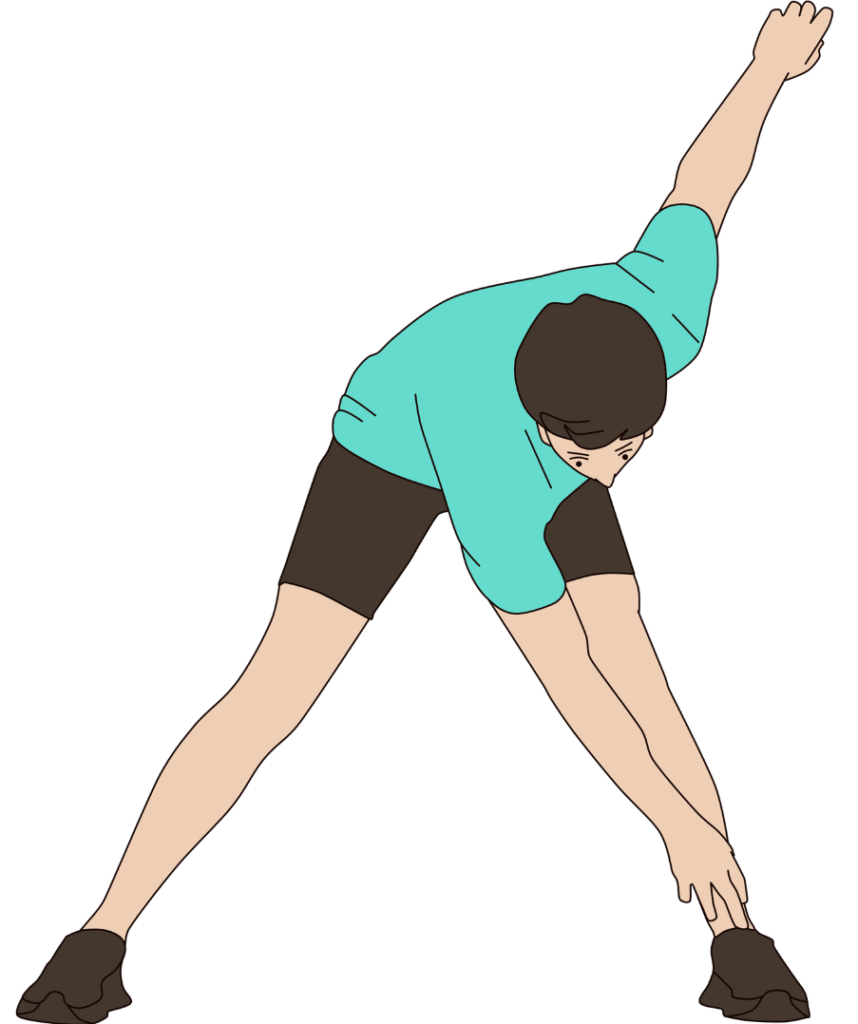The moment you realize the only thing standing between you and lasting peace in your relationships is a boundary you haven’t named, everything changes.
Story Snapshot
- Therapists use a clear, three-step process to help clients identify and set boundaries for healthier relationships and self-care.
- Self-reflection, assertive communication, and real-world adjustment form the backbone of modern boundary-setting in therapy.
- Boundary-setting has become central in therapy due to shifting workplace, family, and digital dynamics since the 2010s.
- Clinical evidence shows structured boundaries dramatically reduce conflict, burnout, and codependency.
Modern Therapists Turn Boundary-Setting Into a Science
Therapists know most people don’t recognize the need for boundaries until they’re knee-deep in resentment, exhaustion, or confusion. The clinical approach today dismantles the old “just say no” advice, replacing it with a research-backed three-step model that demystifies where, why, and how boundaries must be set. This isn’t self-help fluff. It’s a process rooted in decades of psychological research, now essential for navigating everything from family drama to workplace overload.
First, therapists guide clients through self-reflection exercises designed to uncover personal values, needs, and limits. This stage is no idle navel-gazing; it’s an interrogation of lived experience. Clients learn to spot the subtle cues—irritation, anxiety, guilt—that signal their boundaries are being crossed. Therapeutic tools like values inventories or cognitive-behavioral worksheets make the invisible visible, shining a light on the precise flashpoints that erode well-being. This step alone can jolt a person out of years of autopilot, revealing the hidden “shoulds” and obligations that quietly sabotage happiness.
Communication: Turning Boundaries Into Action
Step two is where theory meets the real world. Therapists teach assertive communication techniques so clients can express needs without apology or aggression. Forget the clichés about “being nice.” Assertiveness is a skill, honed through role-play and feedback, that emphasizes clarity and respect. Clients script and rehearse real conversations—sometimes for the first time in their lives—where they state, “I need,” “I expect,” or “That doesn’t work for me.” This isn’t about confrontation; it’s about creating space for genuine connection and respect. Therapists draw on cognitive-behavioral, dialectical, and acceptance-based strategies to adapt these skills to diverse personalities and cultures.
Therapists also warn: boundary-setting is not a one-time event. It requires ongoing calibration as relationships shift. Clients learn to expect pushback—especially from those who benefited most from their lack of boundaries. Here, the therapist becomes both coach and anchor, helping clients process guilt, fear, or backlash, and adjust their approach as needed. Modern therapy relies on structured feedback loops, digital tools, and sometimes group sessions to reinforce these new behaviors until they become second nature.
Why Boundaries Matter More Than Ever
Recent years have transformed the context for boundary-setting. Remote work, social media, and evolving family roles have blurred lines that once seemed obvious. Clients now struggle with 24/7 availability, digital oversharing, and workplace demands that ignore personal limits. Therapists report a surge in boundary-related stress since 2020, prompting new resources—apps, webinars, and online worksheets—to meet the need. Professional associations and therapy educators now emphasize boundary training as a core competency, not a luxury.
The impact is profound. Short-term, clients report reduced conflict and increased self-esteem as they reclaim time and energy. Long-term, the benefits ripple outward: stronger autonomy, healthier relationships, lower burnout, and a marked decrease in codependent behaviors. Economically, improved boundaries lower healthcare costs and boost productivity. Socially, they normalize assertiveness and self-care, shifting cultural expectations that once equated self-sacrifice with virtue.
A New Era of Empowerment in Therapy
Therapists agree: the structured, evidence-based approach to boundaries is here to stay. Clinical research, professional guidelines, and the lived experiences of thousands confirm its effectiveness. Yet leading experts caution against rigidity, reminding clients that boundary-setting is as much an art as a science. Flexibility—tailored to culture, context, and personal growth—remains key. As boundary-setting moves from therapy office to mainstream conversation, one truth stands out: the act of naming and defending your limits is not selfish. It’s the foundation of dignity, resilience, and authentic connection—now more crucial than ever.
Sources:
How Therapy Helps With Establishing Healthy Personal Boundaries In Relationships
Teaching Boundaries: Therapy, Vulnerability, and the Shore
An Early Career Lesson in Boundary Setting Helps the Client and Therapist Grow








